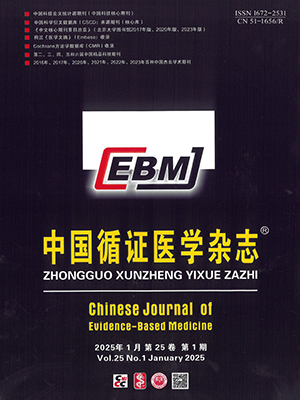Objective To apply the method of evidence-based medicine to identify the best therapy option for an emergency patient with upper gastrointestinal hemorrhage.
Methods According to time and logical sequence of clinical events, a complete decision tree was built after the following steps to find the best treatment: clear decision-making, drawing decision tree graphics, listing the outcome probability, giving appropriate values to the final outcome, calculating and determining the best strategies.
Results The performance of endoscopic therapy for the patient with upper gastrointestinal hemorrhage within the first six hours had little effect on the prognosis. Interventional therapy after the failure of endoscopic therapy had less mortality than direct surgical exploration.
Conclusion Making clinical decision analyses via drawing the decision tree can help doctors clarify their ideas, get comprehensive views of clinical problems, and ultimately choose the best treatment strategy for patients.
Citation: WANG Lina,PAN Shuming. Use of Decision Tree in Treating an Emergency Patient with Upper Gastrointestinal Hemorrhage. Chinese Journal of Evidence-Based Medicine, 2011, 11(5): 591-593. doi: 10.7507/1672-2531.20110103 Copy
Copyright © the editorial department of Chinese Journal of Evidence-Based Medicine of West China Medical Publisher. All rights reserved




